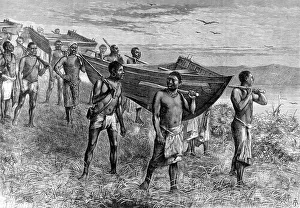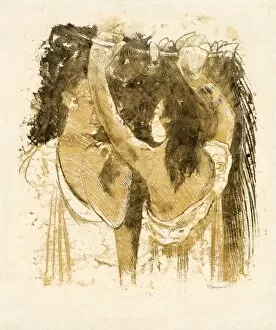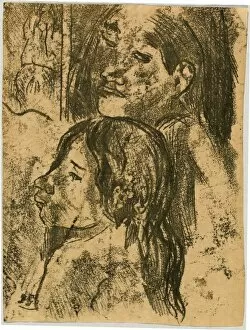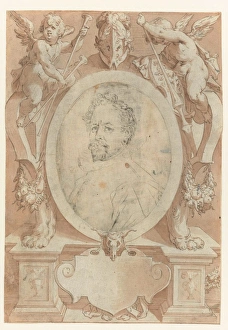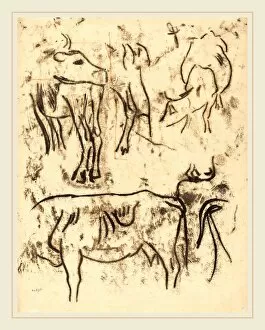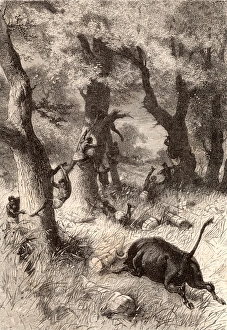Traced Collection
"Traced: Uncovering the Stories Behind Artistic Masterpieces" Robert Baron and his team of art enthusiasts embarked on a journey to trace the origins of various artworks
All Professionally Made to Order for Quick Shipping
"Traced: Uncovering the Stories Behind Artistic Masterpieces" Robert Baron and his team of art enthusiasts embarked on a journey to trace the origins of various artworks, unearthing captivating tales along the way. So they traced it up, tirelessly following every lead until at last they found their poor comrade - an exquisite litho that had been lost for centuries. With unwavering determination, Baron traced the coast of Tartary through an intricate engraving, unraveling secrets hidden within its delicate lines. The portrait of Pierre Le Hayer Duperron, created in 1634 with black, red & brown chalk on paper, revealed a man's life filled with mystery and intrigue. Their exploration took them to the enchanting Italian Lakes - Maccapno; a place where inspiration flowed freely and artists left their mark. Here they discovered breathtaking landscapes captured by skilled hands that painted vivid pictures in their minds. Intriguingly enough, even historical figures were not exempt from being traced. The Third Earl of Romney emerged from dusty archives as Baron delved into forgotten engravings depicting his grandeur and influence. But it wasn't just paintings or portraits that fascinated this group; they also explored other forms of artistry. A page of advertisements etched onto an engraving told stories about commerce and society during a particular era. One remarkable find was Sir Henry Morton Stanley's sectional boat used during his African expeditions. As they examined this vessel closely, traces of adventure lingered in every groove - evidence of daring journeys across treacherous waters. The team couldn't resist tracing religious themes either. Martyrdom Saint Lawrence appeared before them through early 17th-century black chalk sketches that depicted sacrifice and devotion. Similarly, a Virgin Child painting from around 1620 evoked feelings of innocence and purity with each brushstroke carefully traced upon wood.





